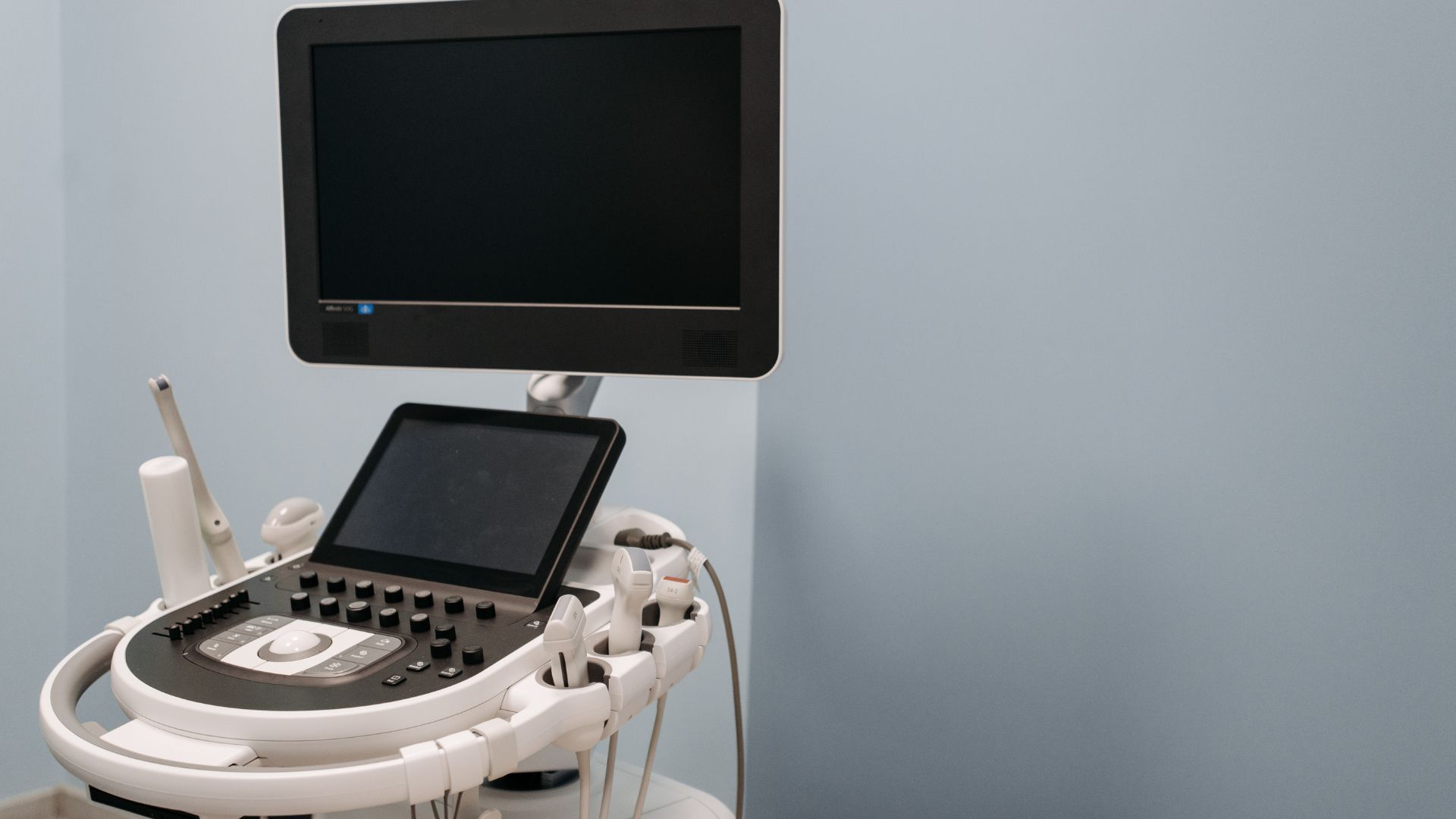The two proteins collagen and elastin, which keep our skin firm, puffed up, and toned, are produced less frequently after the age of 30, according to the expert. To stimulate the production of collagen and elastin, which will gradually improve the texture and tone of the skin, non-surgical skin tightening with lasers targets energy in the layers of the skin.
Continue reading to learn more from Nussbaum about the process, the time required, the cost, and whether or not tightening hurts.
According to Nussbaum, loose skin on the face, neck (and chin), décolletage, stomach, thighs, and pretty much anywhere else on the body that you want to improve can be treated with lasers. However, not all lasers are created equal; what might tighten up your butt won’t be the best choice for your undereye region.
Non-surgical, non-invasive, and barely painful, laser adjustment is:
Phew! Adjusting your skin is completely painless, aside from a little discomfort from the heat produced by the lasers throughout the procedure. Even the sensation of the heat will be enjoyable for you.
There are three major ways:
Even though there are several laser treatments, all of them constitute the umbrella of three major categories, per Nussbaum: ultrasound, radiofrequency, body scupting machine, and radiofrequency micro needling.
There are three primary methods:
Even though there are numerous “brand name” laser treatments, according to Nussbaum, all of them fall under the three main headings of ultrasound, radiofrequency, and radiofrequency micro needling.
Ultrasound: Apparently, ultrasounds aren’t just for pregnant women. According to Nussbaum, patients looking for a critical duty carry benefit greatly from ultrasound laser treatments (Ulthera is the most popular name for this type of treatment). In comparison to other modalities, [the ultrasound method] concentrates ultrasound energy to heat the skin at a deeper depth, allowing for deeper adjustment and lifting.
To ensure that the elevation is occurring exactly where you want it, your doctor can use ultrasound technology to look at the deep layers of skin that are being heated. Knowing on your lunch break is a good idea because it only takes 45 to 90 minutes. But be warned, you’ll need to have patience: “You start to check the simplest result from that once every three months.
There is no time for recovery.
Cost: $500–$6,000 depending on the body’s realm.
Radiofrequency:
For an adjustment result, radiofrequency additionally heats the skin using a hand-held device. To encourage the production of scleroprotein, we frequently use radiofrequency to heat the skin at several superficial levels. Very little to no period is present. It will feel very hot, similar to ultrasound treatments; think of it as a hot stone massage. As far as the most popular modalities go, you might hear your doctor mention name brands like Thermi and Therma, which each use the radiofrequency technique.
There is no time for recovery.
Cost: $600-$1,000 depending on the body’s realm.
Ultrasound:
Very little to no period is present. It will feel very hot, similar to ultrasound treatments; think of it as a hot stone massage. As far as the most popular modalities go, you might hear your doctor mention name brands like Thermi and Therma, which each use the radiofrequency technique. It’s also a gradual process, so even though you’ll leave the office in under an hour, you may only need two to six treatments at a time (depending on the individual). the scale of the realm you are treating delivered 7-10 days apart”.
Recovery: 24 hours without wearing makeup or working out.
Cost: $600-$1,000 depending on the body’s realm.
Little to no downtime is necessary:
Dr. Nussbaum explains that the benefit of the non-surgical change is that there is no downtime, but it also happens gradually. The production of albuminoid and scleroprotein requires your presence. As a result, there may be a lot of treatments spaced out over a short period. Radiofrequency microneedling is the only treatment that requires any real post-care (if you’ll even call it that)—just no makeup or exercise for twenty-four hours after each treatment. Patients who undergo the ultrasound and radiofrequency techniques may experience minor redness and tenderness in the area treated.
To evaluate the most productive outcomes, you’ll require multiple sessions:
While optical maser skin alteration involves little to no downtime or discomfort, the trade-off is that, in most cases, you need multiple treatment sessions spaced a few days (or even weeks) apart. A doctor may only require one to five ultrasound treatments, or anywhere between two and ten radiofrequency or radiofrequency microneedling treatments (which target the skin’s outermost layers) (since this method targets the deeper layers of the skin right higher than the muscle).
As a preventative measure, patients in their 20s whose skin does not require modification will still get earlier than potential droopy by receiving an optical maser treatment. “[Lasers] make it easier to store scleroprotein, so it’s nice to even for kids for future gaining,” says Nussbaum. Additionally, it delays the requirement for surgical lifting.
Any patient, regardless of age, will enjoy a treatment:
As a preventative measure, patients in their 20s whose skin does not require modification will still get earlier than potential droopy by receiving an optical maser treatment. “[Lasers] make it easier to store scleroprotein, so it’s nice to even for kids for future gaining,” says Nussbaum. Additionally, it delays the requirement for surgical lifting.












